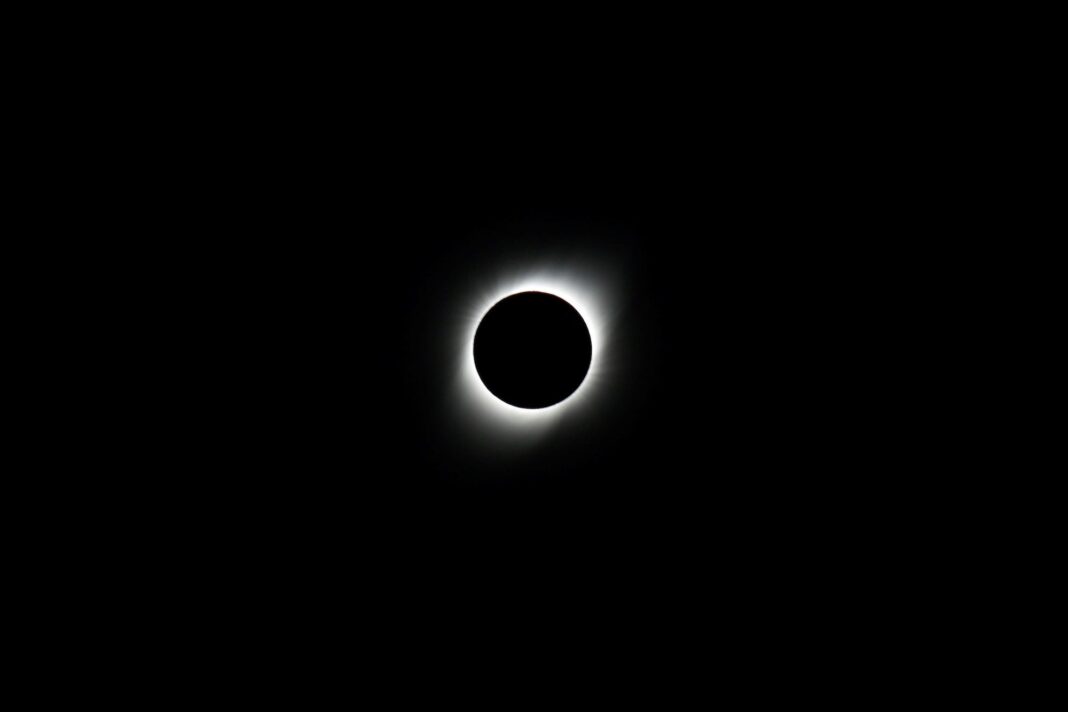On Monday, over 31 million people will experience a total solar eclipse, a celestial phenomenon where the Moon passes between the Sun and the Earth, leading to moments of complete darkness for those in the eclipse’s path of totality.
The total solar eclipse has begun its journey through its path of totality, beginning at 2:27 p.m. in Eagle Pass, Texas and Del Rio, Texas at 2:28 p.m. Full visibility was then reached in San Antonio at 2:34 p.m. and Fort Worth and Dallas at 2:40 p.m.In the Northeast, peak viewing time is from 3 p.m. to around 3:30 p.m. EST and will conclude around 4:30 p.m.
Here is a live feed from NASA:
Here’s what to expect during Monday’s planetary event:
What time is the 2024 solar eclipse?
Monday’s total solar eclipse will begin at 11:07 a.m. PDT in Mexico (which is 2:07 p.m. EST) and then cross into Texas at 1:27 p.m. CDT (2:27 p.m. EST) before ending in the continental U.S. in Maine at roughly 3:35 p.m. EST before crossing over into Canada. The eclipse is set to leave North America at 5:16 p.m. NDT (3:46 p.m. EST) through New Foundland, Canada.
The eclipse will peak at different times depending on where you are located in the U.S.
NASA created an interactive map where you can see what time the eclipse is expected to peak in your area and how much darkness there is set to be, weather depending.
Where can I see the total solar eclipse?
The path of totality is about 115 miles wide and extends west to east, crossing through 13 states.
The U.S. cities where the eclipse is expected to peak and reach complete darkness are Dallas, Texas: Idabel, Oklahoma: Little Rock, Arkansas: Poplar Bluff, Missouri: Paducah, Kentucky: Carbondale, Illinois: Evansville, Indiana: Cleveland, Ohio: Erie, Pennsylvania: Buffalo, New York: Burlington, Vermont: Lancaster, New Hampshire and Caribou, Maine.
A partial solar eclipse is expected to be visible in 49 U.S. states (weather permitting), though the total solar eclipse will have a path of totality that will only be visible in 10 U.S. states and parts of Mexico and Canada.
How can I view the solar eclipse?
Due to the dangerous nature of the eclipse, you should avoid looking directly into the sky during the eclipse — not even regular sunglasses will do the trick.
Instead, viewers should use certified ISO 12312-2 compliant eclipse glasses to look up at the sky during the partial portions of the eclipse. It is only considered safe to look up at the sky without protection during the brief moments of eclipse totality when the moon is covering the sun.
Failure to wear proper eye protection can result in blindness or partial vision disruption.
According to the Planetary Society, solar eclipse glasses use special lenses made out of carbon-infused black polymer, which are roughly 100,000 times darker than normal sunglasses, blocking out almost all visible light, including infrared and ultraviolet light.
In order to make sure that your glasses are legitimate, only consider purchasing them from a vendor that has been approved through the American Astronomical Society (AAS), which tests, approves, and certifies hundreds of vendors to ensure their quality.
When is the next solar eclipse after Monday, April 8?
The next visible total solar eclipse will take place on August 23, 2044. This eclipse is expected to only be visible in three U.S. states (Montana, North Dakota, and South Dakota) and will mostly be visible in Canada.
